The Ground Engineering Awards are hailed as some of the most prestigious awards in the geotechnical industry, celebrating outstanding projects, people and business achievements over the last 12 months.
BGS is among eleven UK businesses and organisations to be shortlisted in the category for Technical Excellence, with the winners set to be announced at a virtual ceremony on Wednesday 4 November.
The Lower Thames Crossing (or Third Thames Crossing) is a major infrastructure project involving a proposed new road crossing of the River Thames estuary linking the county of Kent with the county of Essex through Thurrock.
Part of the biggest investment in the country’s road network for a generation, according to Highways England, it is proposed to include the longest road tunnel in the UK, stretching 2.6 miles, in addition to 14.3 miles of new road, and around 50 new bridges and viaducts offering better journeys and fewer delays.
BGS has undertaken work to help accurately identify and predict ground conditions, which is essential for optimising the design of the scheme.
BGS is being recognised for technical excellence due to its use of innovative methods to characterise the spatial distribution and size of flints that will help to inform the design of tunnelling equipment, and its use of passive seismic data to produce a 3D ground model.
Having an accurate model of the Superficial and Bedrock deposits reduces the potential risk of unforeseen ground conditions for the tunnel and the associated infrastructure including the motorway network.
Identifying the precise stratigraphical level of the Superficial and Bedrock deposits that the proposed tunnel intersects, was critical to quantifying the potential amount of flint present and their impact on tunnelling equipment.
Understanding the proportion of flints, their size, geometry and distribution will help inform the design of the tunnel boring machines and the chalk slurry treatment plants which this will impact on, as any delays in tunnelling will cost money.
Ricky Terrington, BGS 3D Geospatial Lead
The work, carried out on behalf of the Lower Thames Crossing-CASCADE Consortium, draws on a range of expertise at BGS, including field geologists, palaeontologists, geophysicists and laser scanning technicians.
BGS used in situ field measurements of flints, coupled with data from high resolution optical intensity laser scans from old chalk pits and sections, to measure the size and distribution of individual flints and bands.
This data is tied to a high-resolution Chalk stratigraphy so that predictions of flint size and distribution in the proposed tunnel route can be estimated.
Novel passive seismic geophysical surveys were used to identify rockhead and the base-Palaeogene surface across the route corridor, calibrated using borehole logs.
The small, portable nature of the equipment and rapid data acquisition enabled BGS to survey rapidly and reliably, including areas where traditional invasive SI methods were not possible.
This is both quicker and cheaper than using traditional ground investigation methods, giving greater confidence to the ground model and reducing risk.
Relative topics
Latest news

Suite of ten new soil reference materials released
02/01/2026
BGS has a longstanding track record of producing high-quality reference materials and has released ten new soil reference materials.
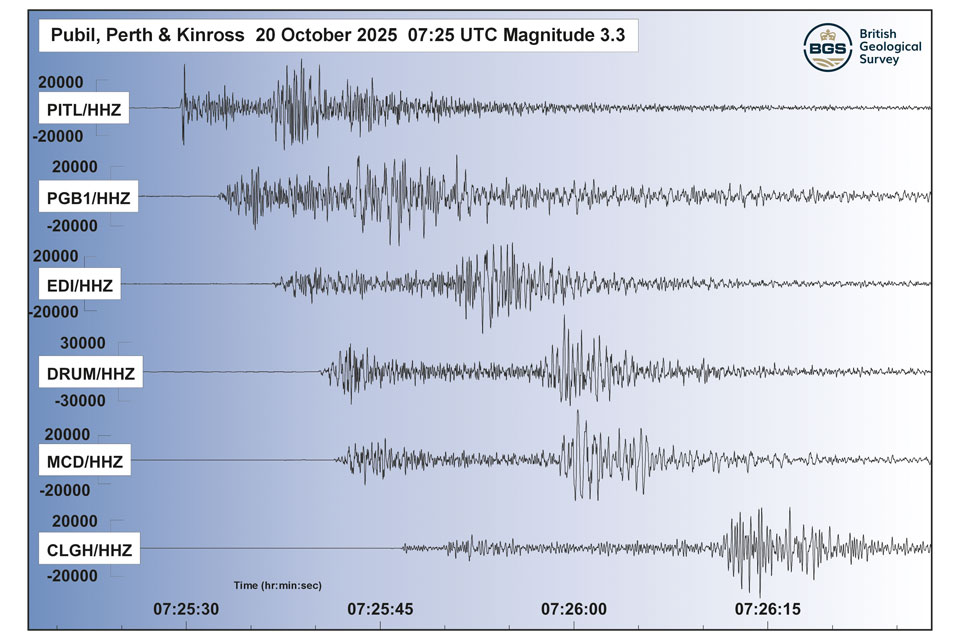
Perth and Kinross tops the UK’s earthquake activity charts for 2025
29/12/2025
Seismologists at the British Geological Survey have published data on the number of seismic events over the past 12 months with over 300 earthquakes recorded.
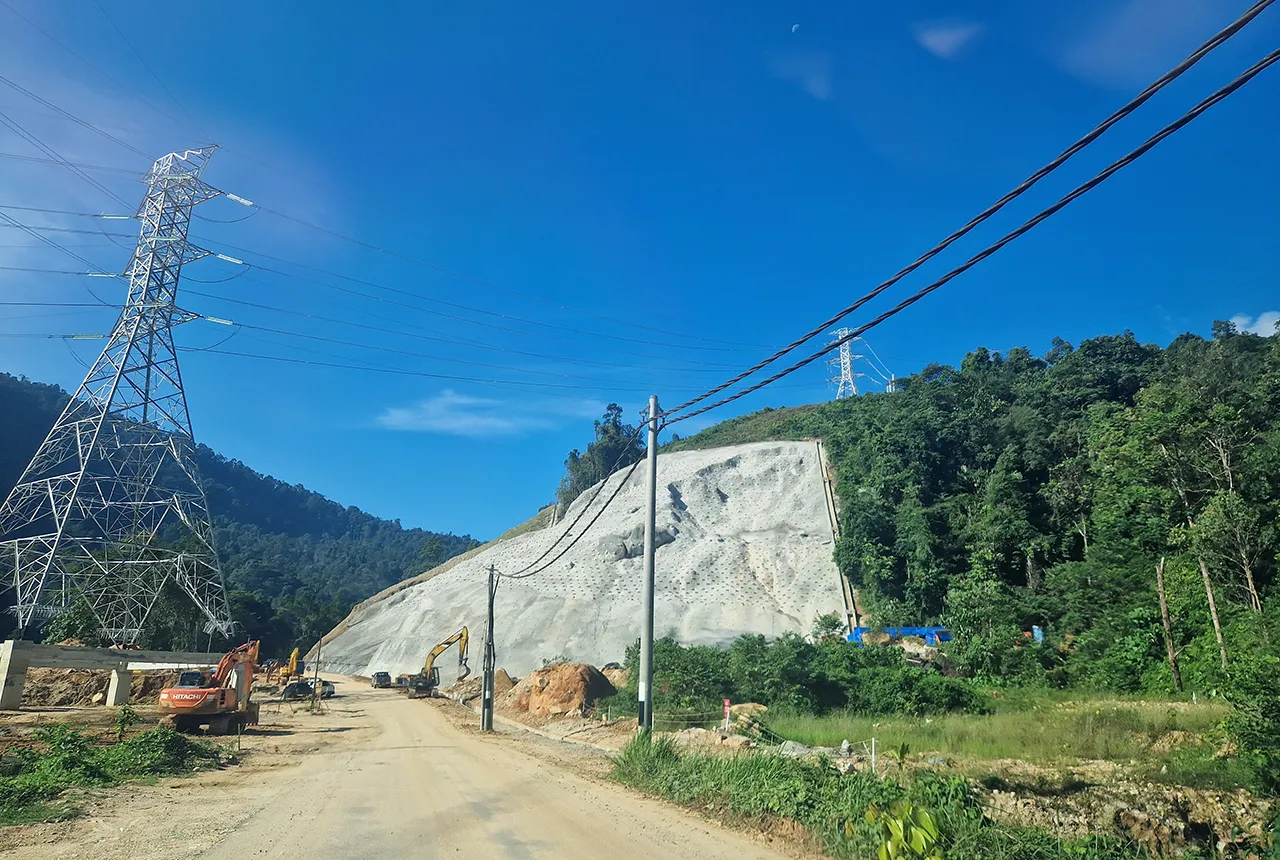
BGS awarded funding to support Malaysia’s climate resilience plan
17/12/2025
The project, funded by the Foreign, Commonwealth & Development Office, will focus on minimising economic and social impacts from rainfall-induced landslides.
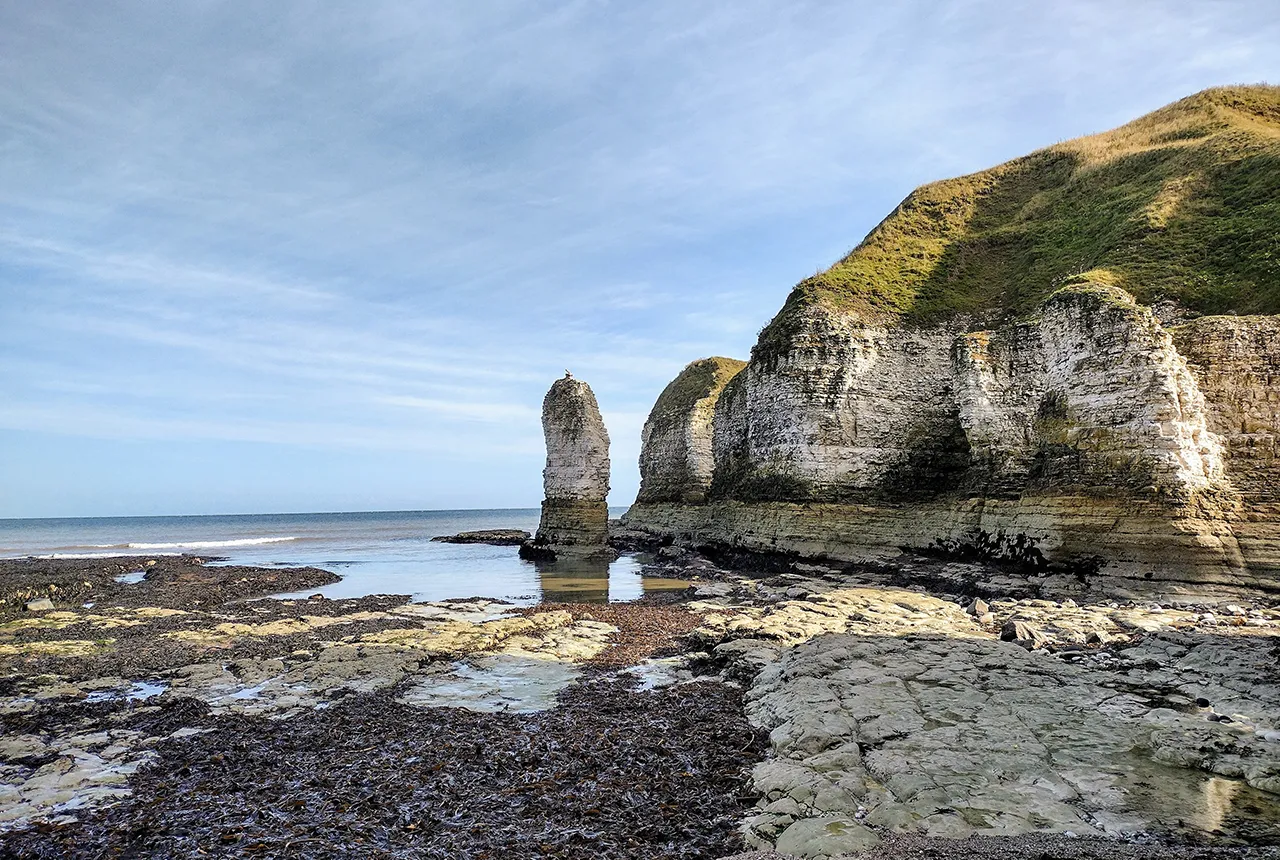
New geological maps of the Yorkshire Wolds to better inform groundwater management and policy decisions
17/12/2025
The new mapping provides crucial data on localised geological issues that may assist in protecting water supplies.
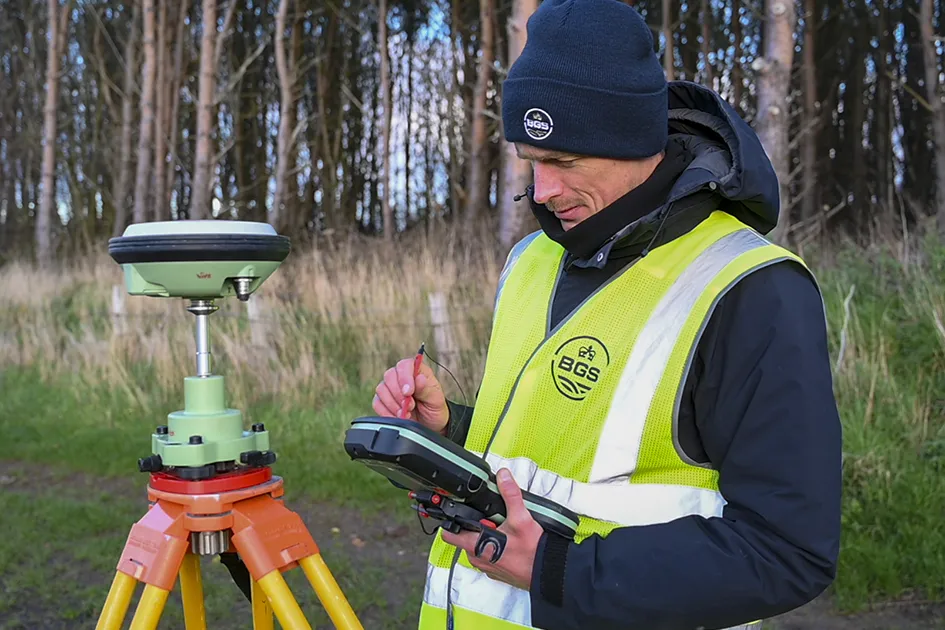
‘Three norths’ set to leave England and not return for hundreds of years
12/12/2025
The historic alignment of true, magnetic, and grid north is set to leave England, three years after they combined in the country for the first time since records began.
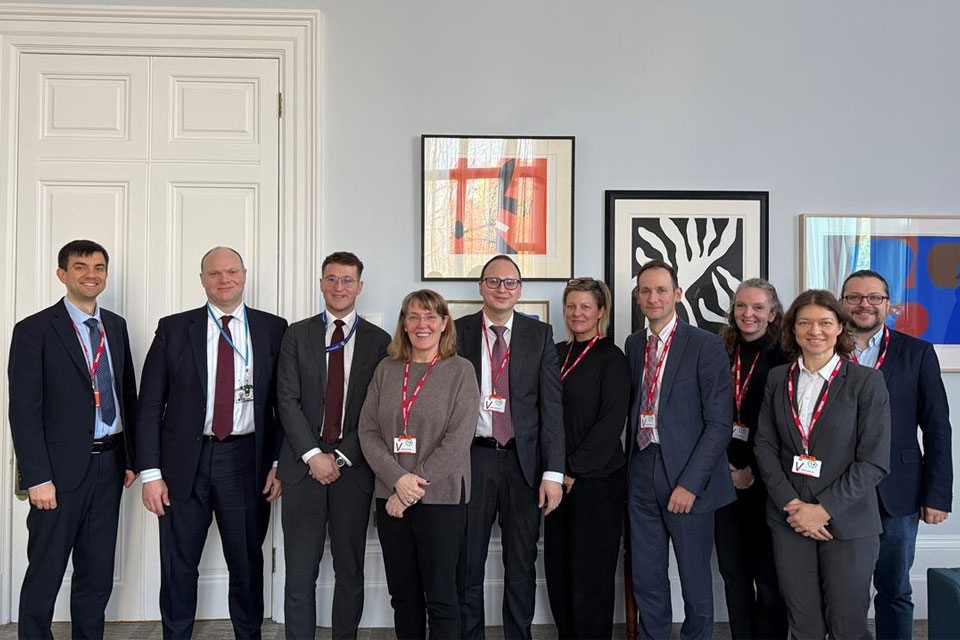
BGS agrees to establish collaboration framework with Ukrainian government
11/12/2025
The partnership will focus on joint research and data exchange opportunities with Ukrainian colleagues.
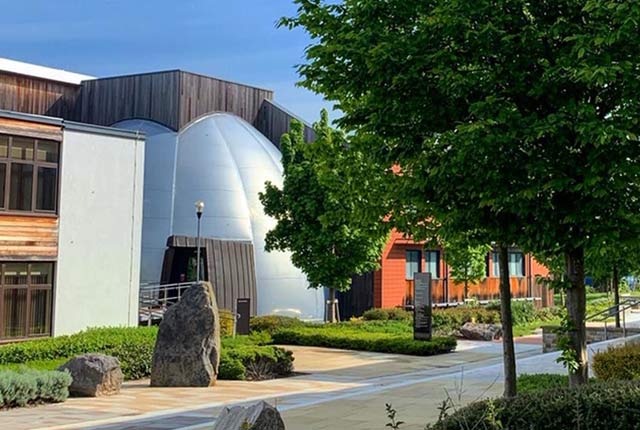
Making research matter: BGS joins leading research organisations in new national initiative
10/12/2025
A new alliance of 35 organisations has been formed that is dedicated to advancing science for the benefit of people, communities, the economy and national priorities.

New 3D model to help mitigate groundwater flooding
08/12/2025
BGS has released a 3D geological model of Gateshead to enhance understanding of groundwater and improve the response to flooding.
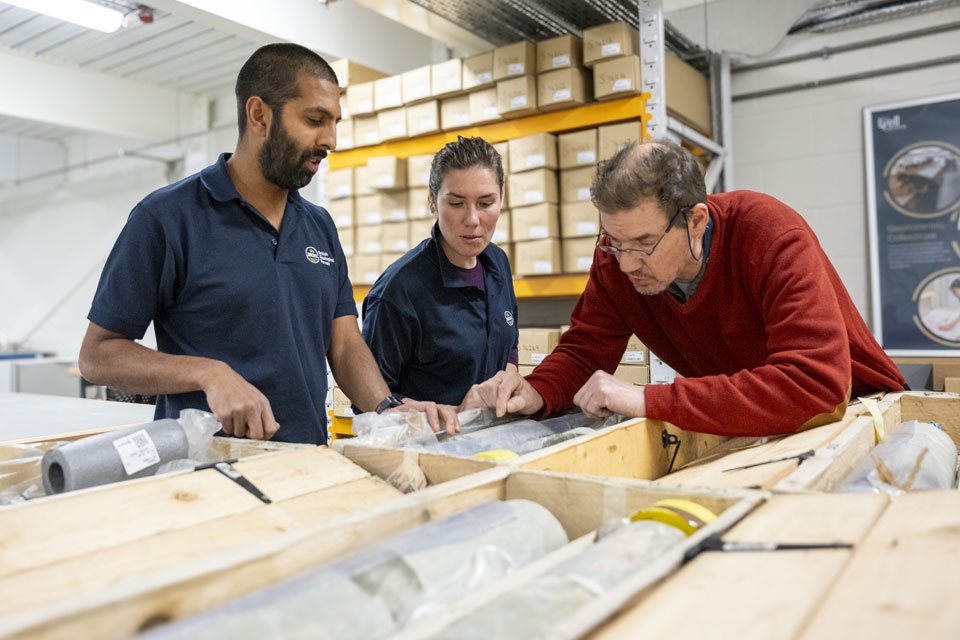
Scientists gain access to ‘once in a lifetime’ core from Great Glen Fault
01/12/2025
The geological core provides a cross-section through the UK’s largest fault zone, offering a rare insight into the formation of the Scottish Highlands.

New research shows artificial intelligence earthquake tools forecast aftershock risk in seconds
25/11/2025
Researchers from BGS and the universities of Edinburgh and Padua created the forecasting tools, which were trained on real earthquakes around the world.

BGS welcomes publication of the UK Critical Minerals Strategy
23/11/2025
A clear strategic vision for the UK is crucial to secure the country’s long-term critical mineral supply chains and drive forward the Government’s economic growth agenda.

New funding awarded for UK geological storage research
21/11/2025
A project that aims to investigate the UK’s subsurface resource to support net zero has been awarded funding and is due to begin its research.


